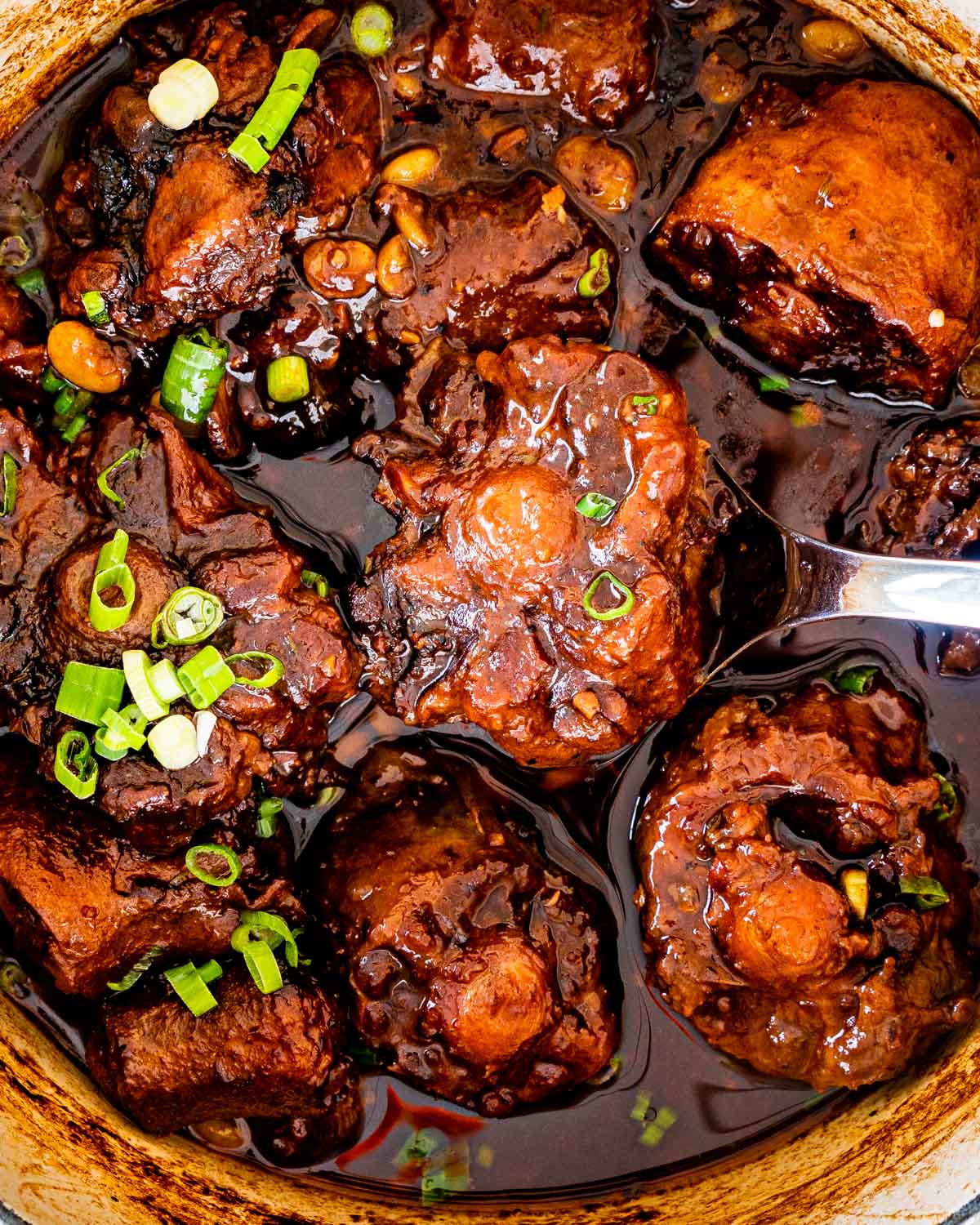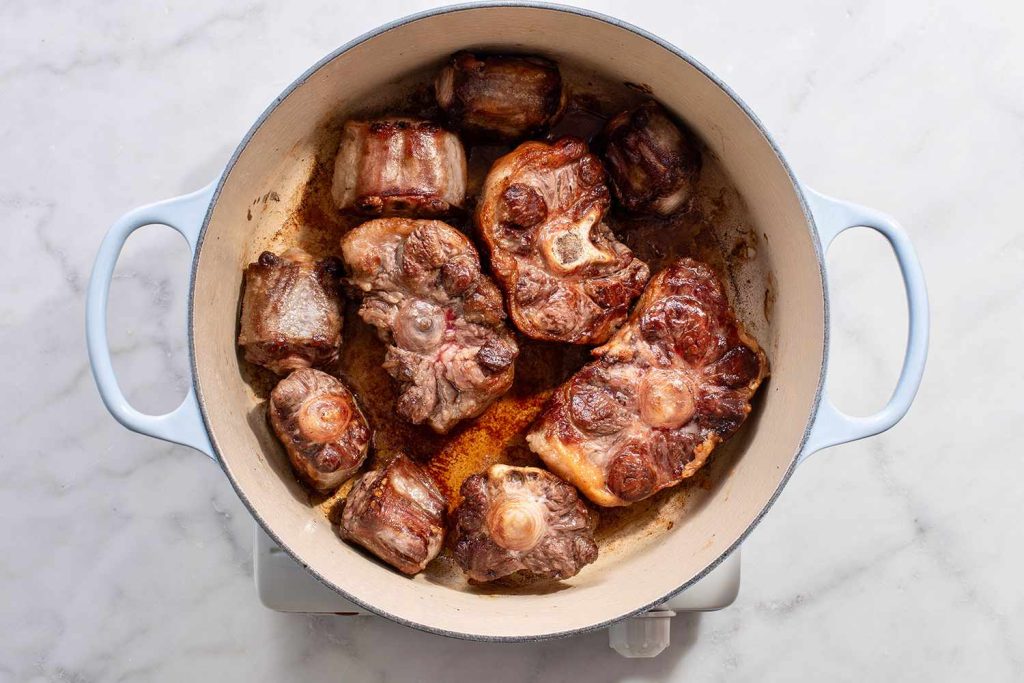Perfectly Tender Oxtails: How Long to Boil Them on the Stove
I. Introduction
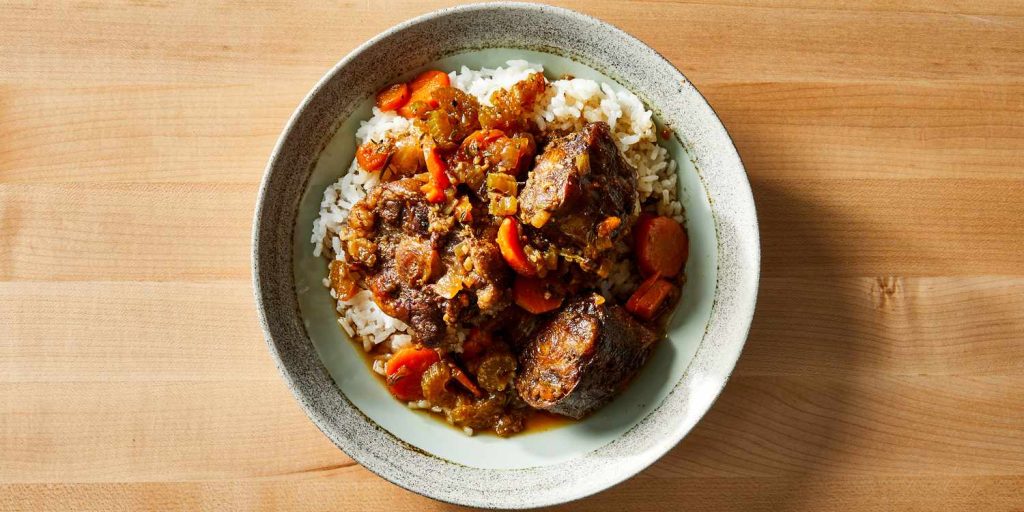
In this article, we will be exploring the delicious and tender dish of boiled oxtails. Oxtail is a flavorful cut of meat that, when cooked properly, can be incredibly satisfying. However, achieving the perfect tenderness in your boiled oxtails requires careful attention to the boiling time. This article will focus on determining the ideal boiling time for oxtails to ensure a tender and flavorful result.
II. Factors Affecting Boiling Time
When it comes to boiling oxtails, there are a few factors that can affect the cooking time. These factors include the size and thickness of the oxtails, as well as the desired tenderness level. Let’s explore each of these factors in more detail.
A. Size and Thickness of Oxtails
The size and thickness of the oxtails can significantly impact the cooking time. Larger and thicker oxtails will generally take longer to cook compared to smaller and thinner ones. It is essential to consider this factor when determining the boiling time to achieve the desired tenderness.
To determine the appropriate boiling time based on the size of your oxtails, you can use the following general guidelines:
- Small oxtails (under 2 inches in thickness): Boil for approximately 2 to 2.5 hours.
- Medium oxtails (2-3 inches in thickness): Boil for around 2.5 to 3 hours.
- Large oxtails (over 3 inches in thickness): Boil for about 3 to 4 hours.
These time estimates can vary depending on factors such as the stove‘s heat intensity and altitude. It is crucial to monitor the cooking process by checking the tenderness of the oxtails periodically.
B. Desired Tenderness Level
The desired tenderness level is another crucial factor to consider when determining the boiling time for oxtails. Some people prefer their oxtail meat to be fall-off-the-bone tender, while others may prefer a slightly firmer texture. It is a matter of personal preference and culinary taste.
If you prefer a more tender and soft texture, you may want to increase the boiling time by 30 minutes to an hour. This extended cooking time will help break down the collagen and connective tissues in the oxtails, resulting in a more tender meat. However, if you prefer a firmer bite, you can reduce the boiling time accordingly.
Adjusting the boiling time to achieve the desired tenderness allows you to customize the dish based on your preferences. It’s essential to monitor the tenderness of the oxtails during the cooking process by checking the meat’s texture with a fork.
III. Cooking Techniques for Perfect Boiled Oxtails
Now that we have discussed the factors affecting boiling time let’s delve into some cooking techniques for achieving perfect boiled oxtails.
A. Preparing the Oxtails
Before boiling the oxtails, it is advisable to prepare them properly. This includes trimming excess fat and removing any bone fragments or cartilage if necessary. Cleansing the oxtails thoroughly under cold water helps remove any debris or impurities. Proper preparation ensures a clean and flavorful dish.
B. Boiling the Oxtails
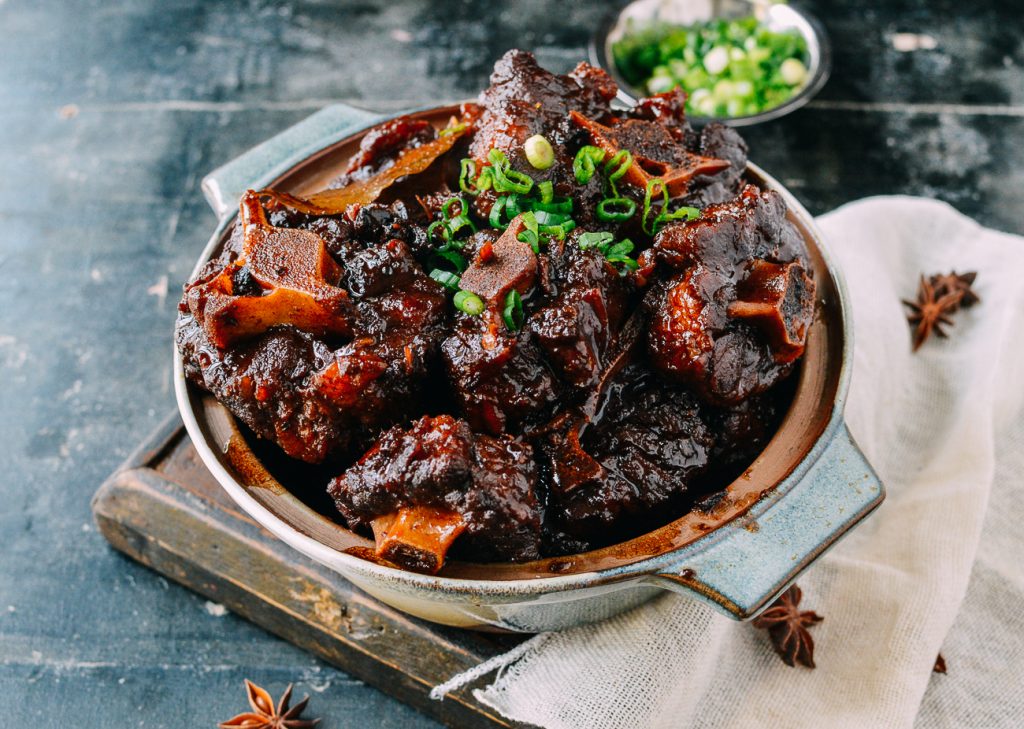
To start boiling the oxtails, place them in a large pot and cover them with enough water or stock. Add flavorful ingredients such as onions, garlic, bay leaves, and various spices to enhance the taste. Bring the liquid to a rolling boil, then reduce the heat to a simmer.
It is essential to maintain a gentle simmer throughout the cooking process. Boiling the oxtails at too high of a temperature can result in tough and dry meat. Simmering allows the collagen in the oxtails to break down gradually, resulting in tender and succulent meat.
C. Monitoring the Boiling Time
As mentioned earlier, monitoring the boiling time is crucial to achieve the desired tenderness. You can do this by periodically checking the tenderness of the oxtails using a fork. The meat should be tender but not falling apart if you prefer a firmer texture.
If the oxtails are not yet tender enough, continue simmering for additional time. On the other hand, if they are becoming too tender, you can take them off the heat to prevent them from overcooking.
IV. Pressure Cooker Method
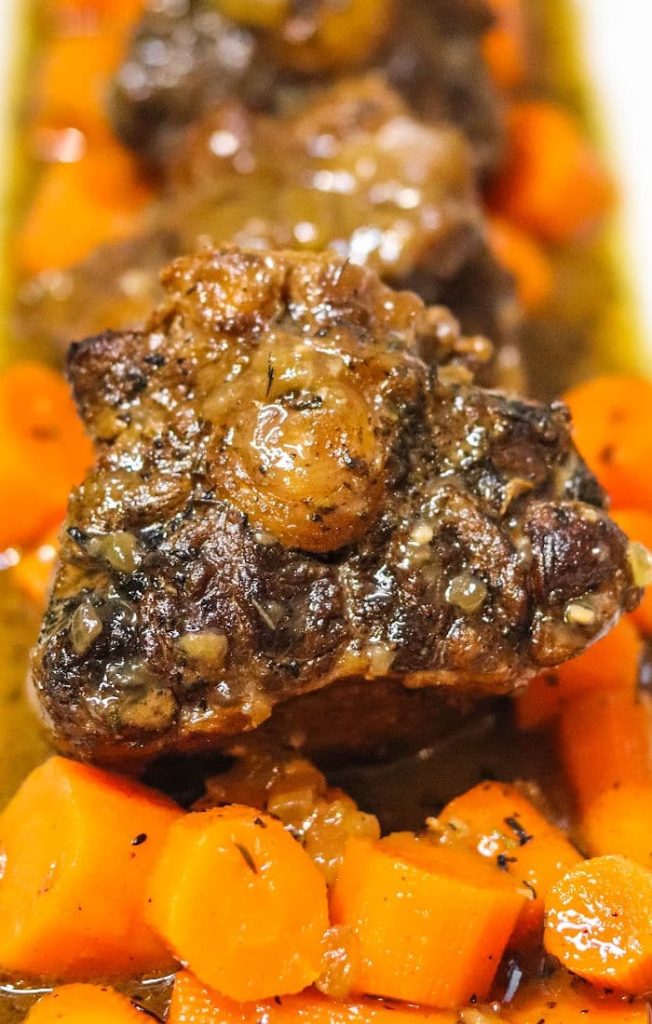
A. Exploring the benefits of shorter boiling time and tenderizing effects Using a pressure cooker can significantly reduce the boiling time for oxtails, making it a popular option for those seeking a quicker cooking method. The high pressure and heat in the pressure cooker help to tenderize the meat by breaking down the tough fibers more quickly. As a result, oxtails cooked in a pressure cooker can be tender and flavorful in a fraction of the time compared to traditional stovetop boiling.
B. Safety precautions and guidelines for effective pressure cooker usage When using a pressure cooker, it’s important to follow safety precautions and guidelines to ensure a successful and safe cooking process. Some key tips include:
- Properly seal the pressure cooker: Make sure the lid is securely locked in place before starting the cooking process.
- Follow recommended cooking times: Different pressure cookers have specific cooking times, so it’s essential to follow the manufacturer’s instructions. This ensures that the meat is cooked to the desired level of tenderness while maintaining safety.
V. Testing for Doneness and Adjusting Boiling Time
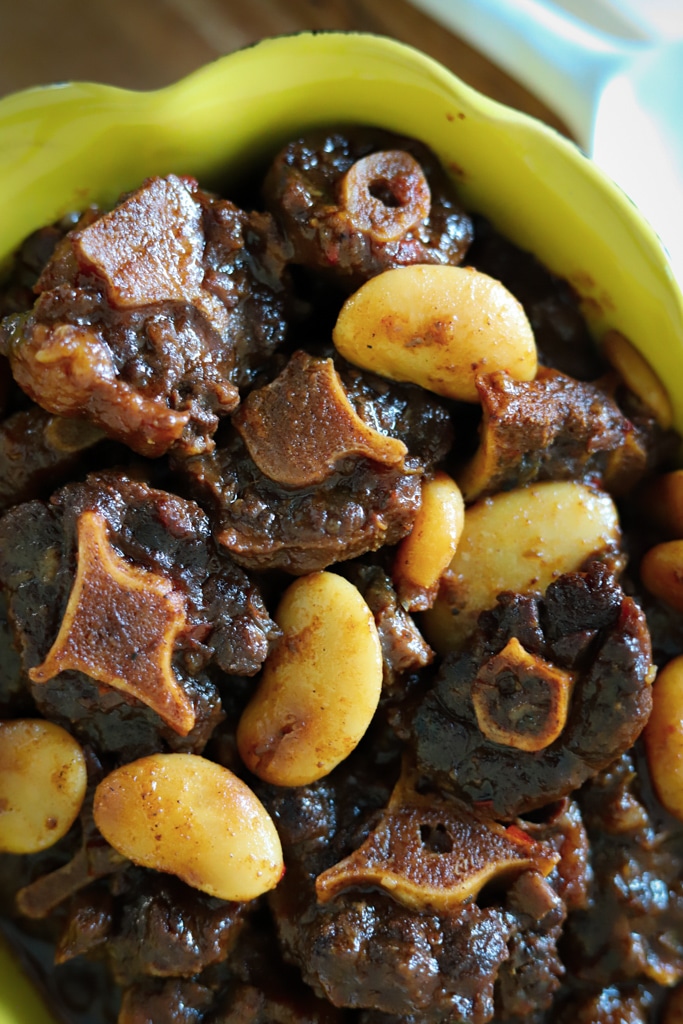
A. Visual indicators and tactile cues for gauging oxtail tenderness during boiling Throughout the boiling process, there are visual indicators and tactile cues that can help you determine the doneness and tenderness of the oxtails:
- Visual indicators: As the oxtails cook, the meat will start to shrink away from the bone, and the connective tissues should break down, resulting in a softer appearance.
- Tactile cues: Gently press down or pull on the oxtails with a fork or tongs. If the meat easily separates from the bone and is soft to the touch, it is a good indication that the oxtails are becoming tender.
B. Adjusting boiling time for desired tenderness level If the oxtails are not yet at the desired level of tenderness, you can extend the boiling time. Continue cooking them in increments of 15 to 30 minutes until the desired tenderness is achieved. Conversely, if the oxtails are becoming too tender or mushy, it is important to reduce the boiling time to maintain a firm texture.
In conclusion, the traditional stovetop method and the pressure cooker method are both effective ways to boil oxtails. The stovetop method requires a longer cooking time but allows for a more hands-on approach to control tenderness. On the other hand, the pressure cooker method offers faster results while retaining the tenderness and flavor of the meat. By regularly checking for tenderness and adjusting boiling time accordingly, you can achieve perfectly tender and flavorful boiled oxtails using either method.
